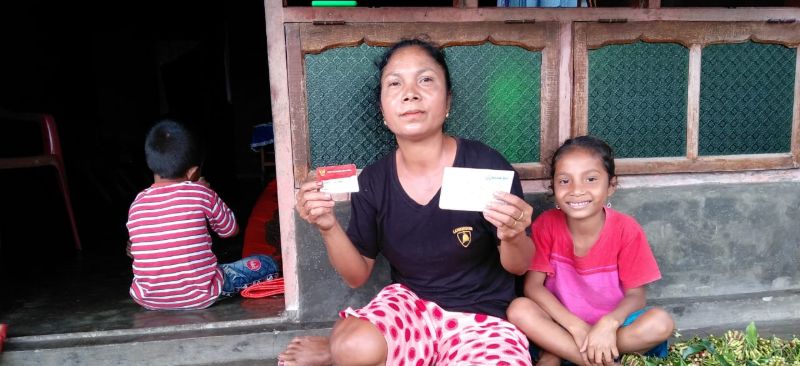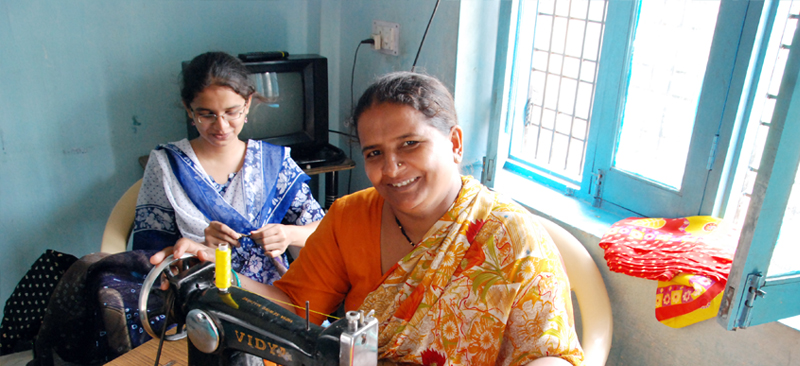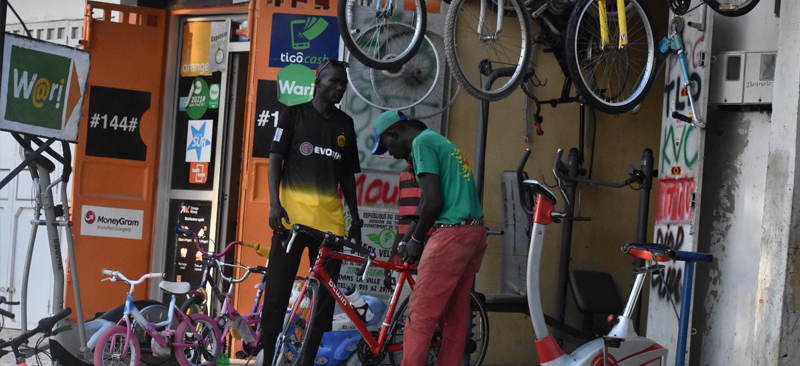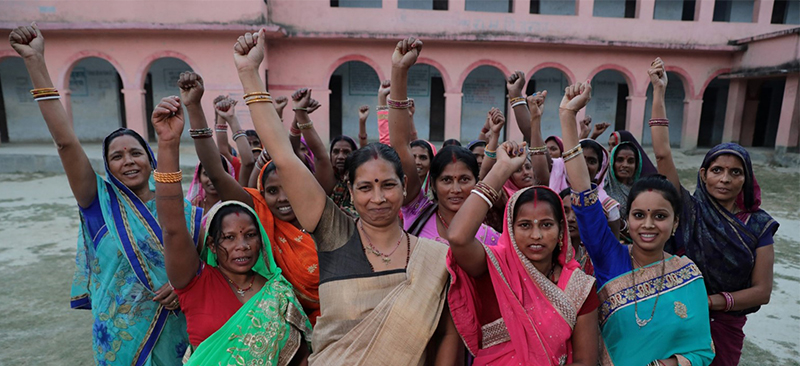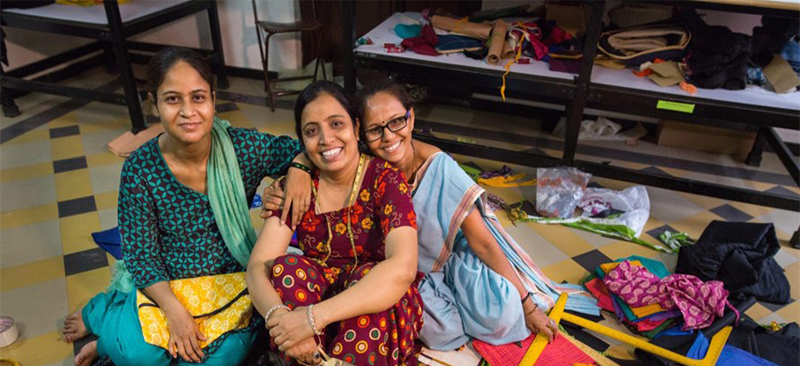Since the onset of the COVID-19 pandemic in April, 2020, the Government of Indonesia (GoI) took multiple measures to support the ailing economy. Its critical policy support measures involved the expansion of Program Keluarga Harapan (PKH), the flagship conditional cash transfer program implemented by the Ministry of Social Affairs (MoSA) to include new beneficiaries. GoI also increased the entitlement of beneficiaries under its social protection programs. This report is based on the study MSC conducted in coordination with MoSA to understand the impact of the pandemic on the implementation of PKH. It also highlights how beneficiaries coped with economic hardships, accessed their PKH funds, met their commitments under PKH, and accessed health facilities as the pandemic raged on.
Celebrating Women Leaders at the Grassroots – Parvati from Singrauli, India
Impact of the COVID-19 pandemic on CICO agents: Senegal country report
Senegal has huge potential to expand and optimize its vast network of agents to achieve financial inclusion and bridge the digital divide. This study, sponsored by Mastercard Foundation, provides a country-level view of the impact of COVID-19 on CICO agents, their coping strategies, and recommendations for policymakers and FSPs to support them.
Click here to read the report in French.
GOOTCHA—A framework to build gender-sensitive ID systems
We propose the GOOTCHA framework, which helps design gender-sensitive ID systems to help strengthen women’s agency. The framework draws on MSC’s extensive experience of working on gender-centrality projects across Asia and Africa. We presented the framework at the live summit hosted by ID4Africa on the 10th of March, 2021. You can download the presentation here and watch the recording of the event here
Working paper: A framework for building gender-sensitive identity systems
The World Bank estimates that around a billion people across the globe lack a “legal identity.” The gender gap in terms of people’s access to official IDs is considerable in low-income countries, where one in two women do not have any official ID. This limits women’s financial, social, and political participation.
We attempt to look at the design and lifecycle of ID systems from gender and behavioral lenses and propose a framework to make ID systems more gender-sensitive. The framework draws on MSC’s experience of working on gender centrality projects across Asia and Africa.
Digital transformation of Postal operators: Massive outreach, opportunities and challenges
MSC (MicroSave Consulting) conducted a workshop titled “Digital Transformation of Postal Operators: Massive outreach, opportunities and challenges” on the 24th of February, 2021.
This webinar was designed to promote thinking and action on the digital transformation of postal operators in order to leverage their outreach to deliver real financial inclusion. It focused on three aspects:
- The opportunities and competitive advantages enjoyed by postal operators;
- The challenges postal operators have faced or are likely to face as they digitize; and
- The various business models for postal operators.
00:-2:11 Doreen Njau, Communications Manager—Anglophone Africa, MSC kicks off the session, welcomes partipants, and gives details of the flow of events.
2:11–10:06 Opening remarks by Michael Wiegand.
10:28–11:43 Juliet Ongwae, DFS Specialist at MSC introduces the first topic: Postal operators, the pandemic, and finding a new purpose.
11:43–13:46 Victoria Griffith, Program Officer, Financial Services for the Poor, the Bill & Melinda Gates Foundation talks to respond to question 1. The pandemic has provided a great opportunity for digital financial services and e-commerce activities by postal operators. What strategies can shape the future of postal digital transformation?
14:34–21:19 Raphael Lekolool, CEO, Kenya Post Office Savings Bank answers question 2. What is the impact of the pandemic on your services and what strategies have you put in place to handle the changing demand?
21:46–27:47 Jayanthy Venkatramu, CEO, India Post Payment Bank answers question 3. What are some of the opportunities that the pandemic offer to the postal sector?
28:25–36:15 Siva Somasundram, Director, Directorate of Policy, Regulations, and Markets (DPRM), Universal Postal Union responds to question 4. The pandemic has spotlighted the crucial need for international collaboration in all domains. How has UPU supported the postal operators in offering inclusive social, logistics and financial services?
36:35–40:39 The panelists respond to round one of questions from the audience.
Question 1) Most of the postal companies operating in rural Africa are government-owned. Digital transformation of these companies for financial inclusion agenda will need effective PPP. Can you share any knowledge guide on this?
Question 2) Speakers have talked about payments, transfers, … are some of your institutions developing a credit offer for your customers? (be it digital credit or more traditional credit)
40:39–41:14 Juliet Ongwae, DFS Specialist at MSC introduces the second topic: Digital postal services – Strategic insights and way forward for postal digitization
41:12–48:14 Raphael Lekolool, CEO, Kenya Post Office Savings Bank answers question 1: What are some of the challenges you have faced in the digital transformation journey and what culture change is needed to facilitate this?
49:02 -52:50 Jayanthy Venkatramu, CEO, India Post Payment Bank answers question 2: As you provide last mile financial services across India, what are the key lessons learnt to overcome challenges such as identifying and managing effective partnerships, digital identity and authentication, low literacy levels, interoperability, customer trust in digital financial services?
53:26– 55:44 Victoria Griffith, Program Officer, Financial Services for the Poor, the Bill & Melinda Gates Foundation talks to respond to question 3: How can the postal operators leverage on the dynamic growth in data analytics, artificial intelligence, IoT, cloud computing, open APIs, etc.?
56:04–1:03:40 Siva Somasundram, Director, Directorate of Policy, Regulations and Markets (DPRM), Universal Postal Union responds to Question 4: What is UPU’s strategic direction that will enable it to support the development of a digital postal ecosystem (standardization, digitalization, e-commerce, transport, e-cash)?
1:04:31– 1:08:59 Jayanthy Venkatramu, CEO, India Post Payment Bank answers question 5: Do you have any partnerships with fintechs and what are the options and possibilities for Posts to leverage fintechs to accelerate and simplify their digital transformation and how can you effectively collaborate given the difference in your business models, culture, technology?
1:09:23–1:10:09 Victoria Griffith, Program Officer, Financial Services for the Poor, Bill and Melinda Gates Foundation talks responds to Question 6: Is there a role for a specialized accelerator that can identify Post’s specific needs and accelerate fintechs solutions to address them?
1:10:21– 1:21:33 The panelists respond to round two of questions from the audience
Question 1: Are there security issues faced by Postal personnel while offering financial services in rural areas across globe?
Question 2: What are the common collaterals used in rural areas and what is the effectiveness of the collaterals in motivating repayment of credit?
Question 3: Rural youths (who are digital savvy) are moving to urban centers for greener pastures, leaving the aged folks behind. How will digital postal systems for financial inclusion benefit the rural aged who are known not to be digital friendly?
1:21:52–1:29:09 Juliet Ongwae, DFS Specialist at MSC opens the floor to the panelists for their parting shots.
1:29:20–1:29:52 Juliet Ongwae, DFS Specialist at MSC speaks of the key highlights from the workshop.
1:30:32–1:31:45 Graham Wright, Group Managing Director, MSC, presents the concluding remarks.
